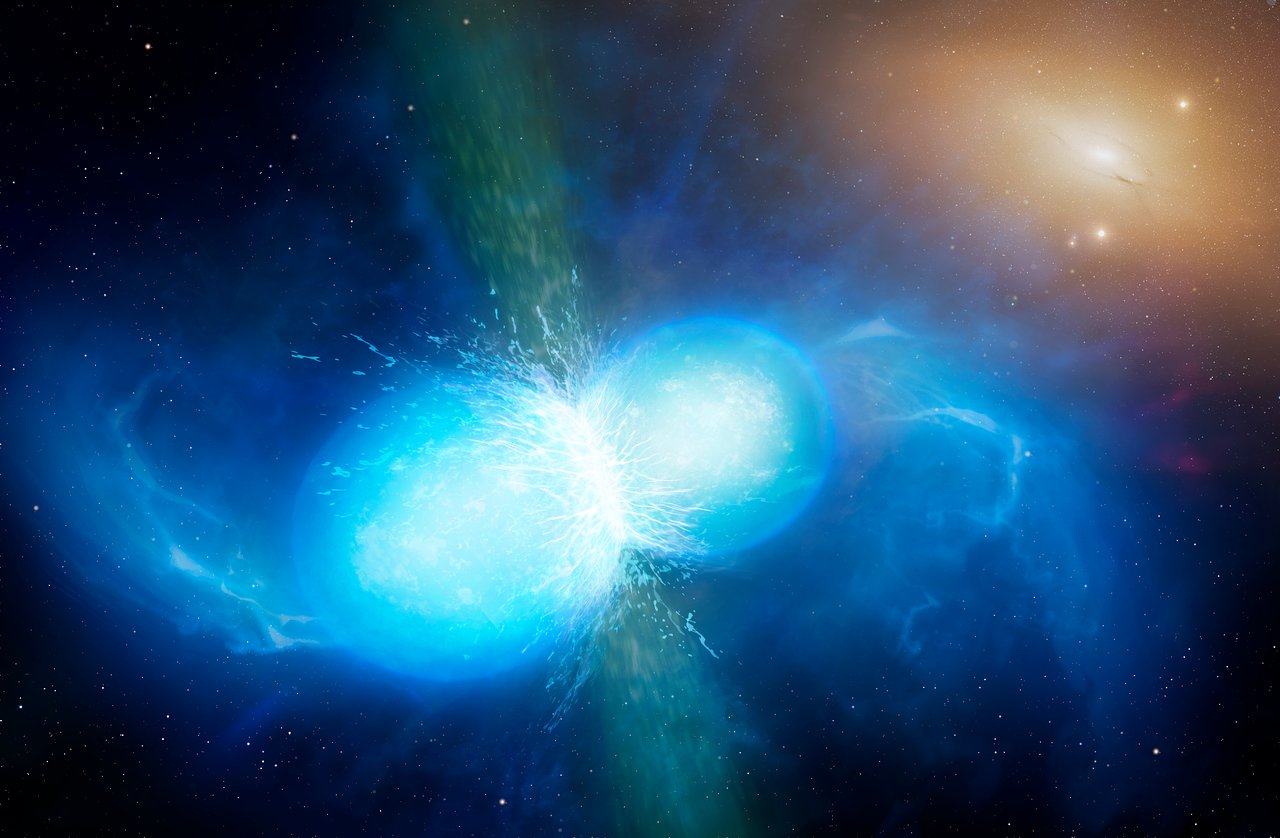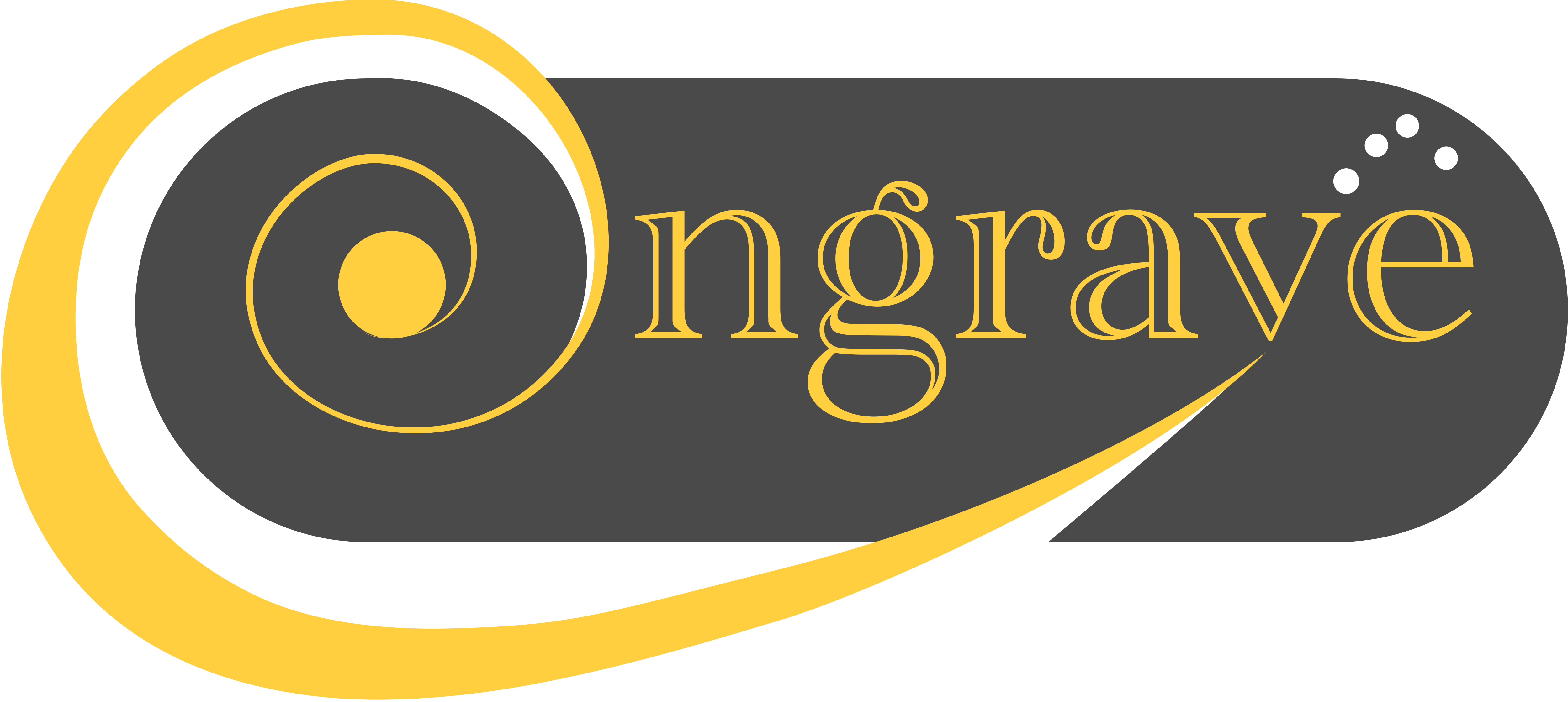
Dryrun Operations Team D
We did not have an overview of the possible association of targets with galaxies at the distance of the GW. Without this information it was hard to tell which of the transients of the first circular were adequate. Having this information would have made the triggering more efficient.
When the GCN with the other candidate arrived we decided that it was a promising one and decided to go for it. We started with an RRM to get hold of the telescope as soon as possible and then continued follow-up with normal ToOs. Unfortunately the quick pipeline did not work with the data that we received, so we could not check what the data looked like, which would have been important to realise that we were pointing at the wrong target. We did realise from the raw data that we were in a star forming region, but that was not enough information to discard the target.
We also triggered FORS for spectropolarimetry, HAWKI for NIR imaging and MUSE with AO, placing the IFU in a way that the nearby galaxy would have been covered, and which also allowed us to get a final spectrum at the end of the night.
Overall, we learned that, if we want to decide which is the right target we need to have access to information on the field and galaxies at the GW redshift. Antonio de Ugarte Postigo, on behalf of team A
Team members:
Jens Hjorth, Kasper Heintz, Enrico Cappellaro, Antonio de Ugarte Postigo, Hanin Kuncrayakti, Lina Tomasella, Om Sharan Salafia
